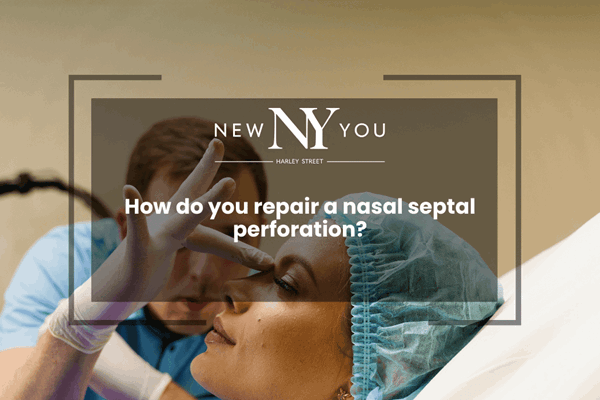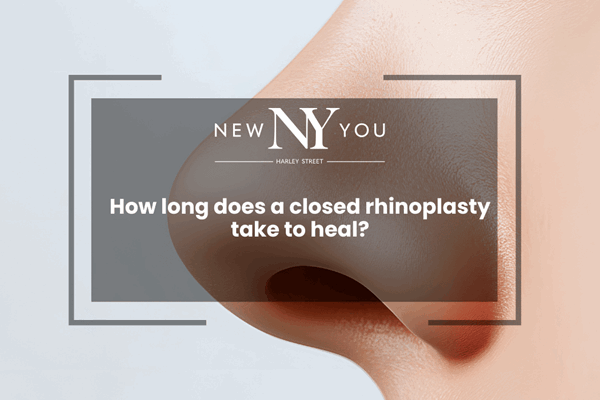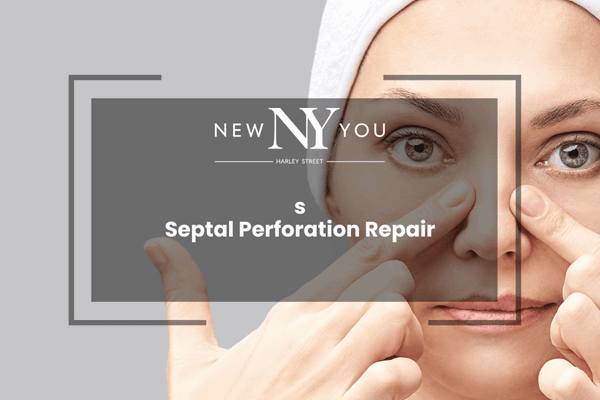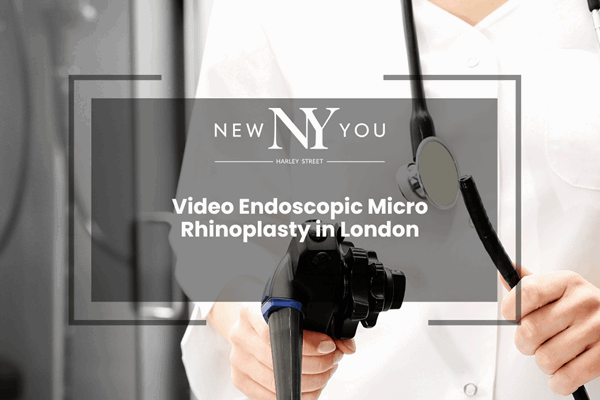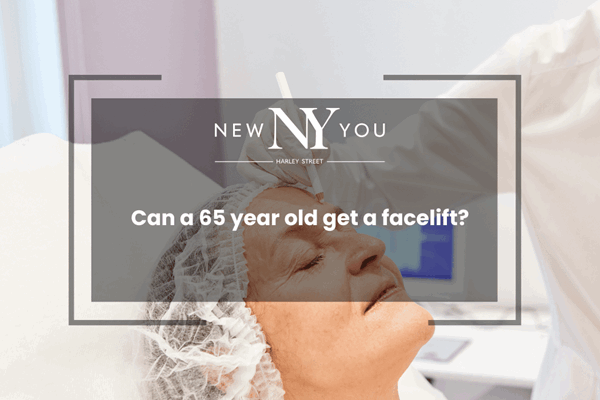
Can a 65 year old get a facelift?
Modern facelift techniques have evolved significantly, making the procedure safer and more effective for patients in their 60s and beyond. Today's advanced surgical approaches focus on creating natural-looking results by addressing deeper facial structures rather than simply tightening skin. Many individuals over 60 seek facial rejuvenation to address common signs of ageing such as jowls, deep nasolabial folds, and neck laxity. Recent statistics show an increasing trend in older adults pursuing facial rejuvenation, with many reporting high satisfaction rates and improved quality of life post-surgery.



